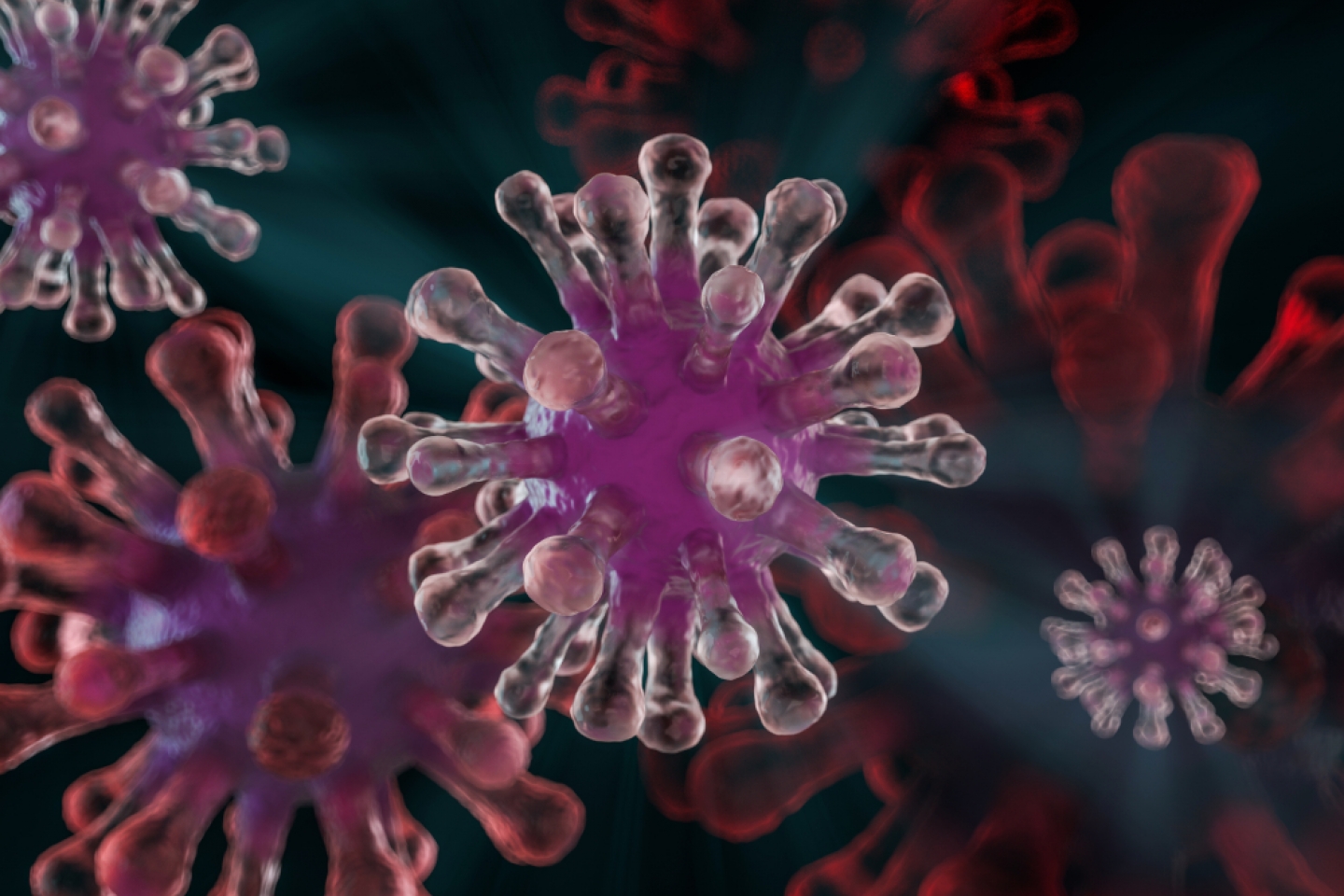
COVID-19 almost always starts with relatively mild, flu-like symptoms that can be treated at home. People who have these symptoms usually do not need to be tested to confirm the infection.
With limited opportunities for many suspected patients to get tested, “we assume that many respiratory infections now are COVID-19,” said Dr. Fred Pelzman, associate professor of clinical medicine at Weill Cornell Medicine and associate attending physician at NewYork-Presbyterian/Weill Cornell Medical Center. “Most can be managed at home by treating the symptoms and watching for a worsening of illness.”
How the illness presents itself will vary from patient to patient, but typical symptoms include fever, cough, and fatigue, as well impaired taste and smell, and lack of appetite. Patients may also experience chills, headaches, body aches, shortness of breath, abdominal pains, nausea, and diarrhea.
Treatment of COVID-19 at home is supportive, much like home care for flu, and may include acetaminophen to reduce fever, aches and malaise. Many physicians now informally refrain from prescribing ibuprofen and other non-steroidal anti-inflammatory drugs (NSAIDs) for COVID-19 patients, at least in part because these drugs can stress the kidneys, which are among the organs that can be harmed by the infection.
No formal studies on NSAIDs and COVID-19 have yet been published. The U.S. Food and Drug Administration recently issued a statement noting that it is looking into the possibility that NSAIDs worsen the vulnerability to severe COVID-19 and “will communicate publicly when more information is available.”
Dr. Pelzman added that for patients and their caregivers, one of the most important aspects of care for mild COVID-19 cases is to prevent the spread of infection to others, for example by keeping the patient isolated in one room and bathroom, having the patient wear a mask, and sterilizing room surfaces.
Initial mild symptoms often progress so that patients feel that they are in the grip of a serious malady—yet doctors emphasize that with the current crush of cases, hospitalization should be reserved only for those who need urgent medical attention.
“The people now being hospitalized are usually very, very sick—we’re sending people home who normally would remain as inpatients,” Dr. Pelzman said.
Signs of advanced COVID-19 pneumonia, such as shortness of breath while at rest, persistent chest pain, bluish lips or face, or sudden changes in mental status, should prompt a visit to a doctor’s office or emergency room. So should any other sign of badly deteriorating health.
“We’ve had a lot of situations in which someone is watching their mom at home and they notice she’s stopped eating, or urinating less, or seems confused, and those have been the triggers for a visit to a clinic or hospital,” Dr. Pelzman said.
He cautioned, though, that patients themselves often do not know how sick they are—many report no shortness of breath, for example, despite extensive evidence of pneumonia on X-rays.
(The U.S. Centers for Disease Control and Prevention has published instructions on “What to Do if You Are Sick” on its website.)
When COVID-19 patients are hospitalized, they will typically be given oxygen, as well as intravenous fluids to prevent dehydration and maintain electrolyte levels. Medical staff may also start blood tests for markers of inflammation, to track the severity of disease.
In many cases, with patient consent, physicians will administer experimental treatments that may attack the virus or reduce the harmful inflammation that is triggered by COVID-19 infection. Treatments that have been used so far include the antimalarial drug hydroxychloroquine; the antiviral drug remdesivir; infusions of antibody-laden blood serum from recovered patients; and anti-inflammatory treatments called IL-6 inhibitors.
Many of the patients who are hospitalized with COVID-19 are very sick even before doctors assign them to the Intensive Care Unit (ICU), Dr. Pelzman said. This high degree of illness has meant that a large proportion—nationally about a fourth to a third—of COVID-19 patients who are admitted to the hospital eventually require ICU care.
COVID-19 patients in an ICU usually continue to get treatments they had received before, and may also get antibiotics to prevent secondary lung infections, as well as medications to support the heart and kidneys, which can be harmed by the disease.
Patients who are unable to get enough oxygen from breathing through non-invasive means may have a breathing tube put in place so that a machine called a ventilator can force oxygen into their lungs. These patients are sedated. Even when patients in this situation show signs that their infection and inflammation are abating, they often require ventilator support for weeks.
“When they’re on a ventilator, it’s just a question of supporting them while they get through that period of respiratory damage and the inflammatory storm that occurs as the disease progresses,” Dr. Pelzman said.
Patients may face a long period of recovery before feeling “100 percent” again, depending on the severity and duration of their COVID-19 infection. Lung function in particular may take weeks to return to normal, leaving patients tired and easily out of breath. There may also be short- or medium-term cognitive symptoms if the patient experienced an extended period of low oxygen levels in the brain. Patients who have spent weeks in an ICU, fearing death, may also later suffer from depression and anxiety disorders.
Recovered patients, unless they have significant immune deficiencies, will have mounted an immune response to the coronavirus. This should include “memory cells” that provide some T-cell and antibody protection against COVID-19 reinfection, though scientists are actively investigating whether that immunity is for a short time or long-lasting. Many hospital systems as well as the American Red Cross now urge recovered patients to donate blood so that it may be used for research or to treat new COVID-19 patients.